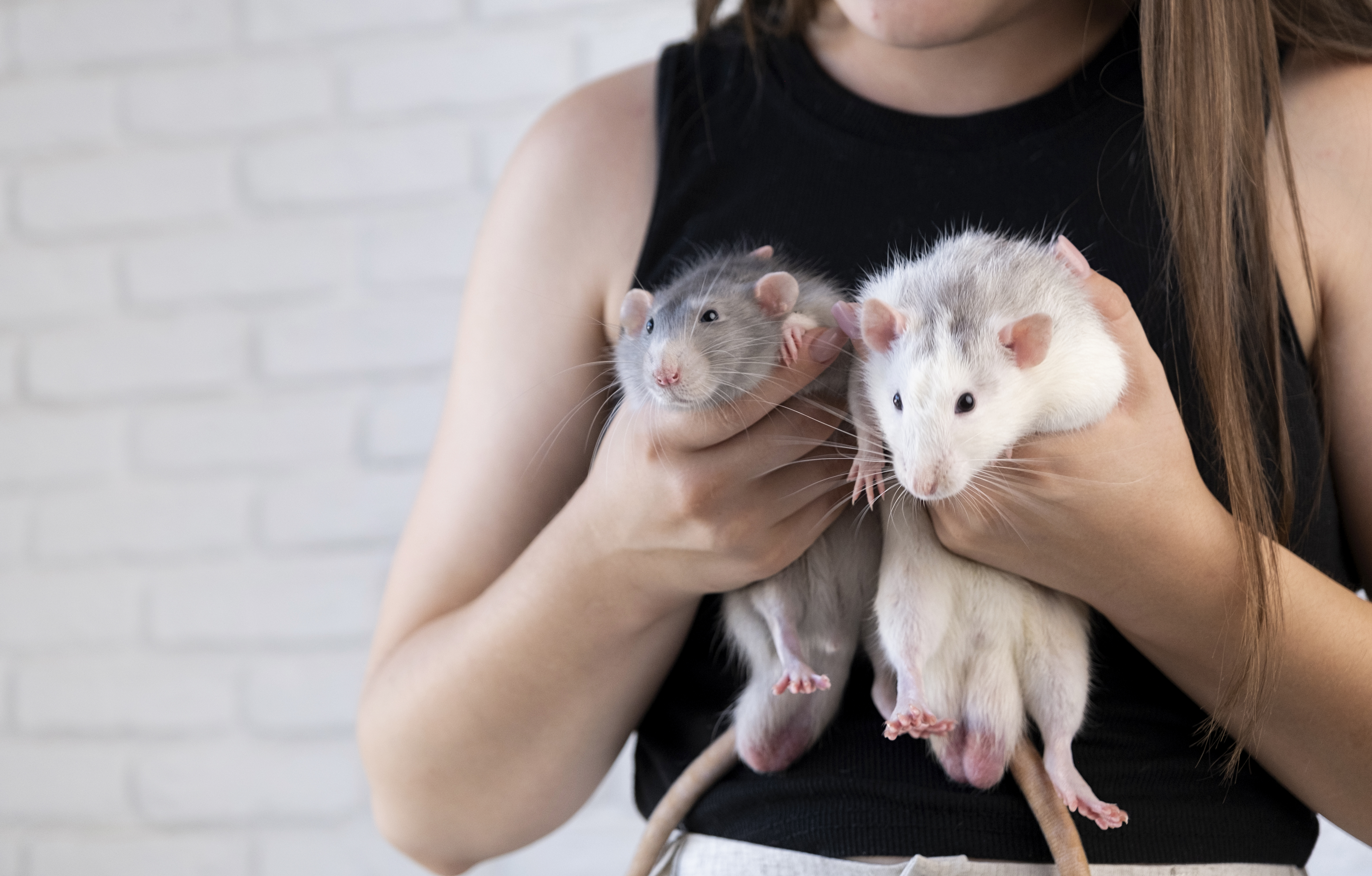Deciphering the Animal Code: A Top 18 Guide to Understanding Your Pet's Language
Understanding your pet's language goes beyond just interpreting their barks, meows, or chirps. It involves deciphering their body language, vocalizations, and behavior to comprehend their emotions, needs, and desires. This guide will take you on a detailed journey into the world of animal communication, helping you to become more attuned to your pet's unique language. By the end of this guide, you'll be well-equipped to understand and respond to your pet's cues, enhancing your bond and ensuring their well-being.
The Canine Code

Dogs, being one of the most common pets, have a complex language that is often misunderstood. They communicate through a combination of vocalizations, body language, and facial expressions. For example, a wagging tail doesn't always signify happiness—it can also indicate fear, aggression, or anxiety. Understanding these subtleties can help you respond appropriately to your dog's needs.
Feline Frequencies

Cats, unlike dogs, are more subtle with their communication. They use a variety of vocalizations, body postures, and even scent marking to express their feelings. For instance, a raised tail with a curve at the end often signifies a friendly greeting, while a hiss is a clear sign of distress or fear. Understanding these cues can help you better cater to your cat's needs and enhance your bond.
Birds and Their Melodies

Birds, particularly parrots, have a rich language that often involves mimicry. However, their communication isn't limited to vocalizations—they also use body language, feather positioning, and even eye pinning to express their feelings. For instance, a fluffed-up bird might be trying to keep warm, show off, or signal illness. Understanding these signs can help ensure your feathered friend's well-being.
Equine Expressions

Horses communicate through a combination of body language, vocalizations, and even touch. For instance, a horse with its ears pinned back is usually upset or frightened, while a nudge with the nose can be a sign of affection. Understanding these cues can not only enhance your relationship with your horse but also prevent potential mishaps.
Rodent Revelations

Rodents like guinea pigs, hamsters, and rats have their unique ways of communicating. They use a variety of sounds, body language, and even scent marking to express their feelings. For instance, a guinea pig's purr could mean contentment, while a rat's bruxing (teeth grinding) often signifies happiness. Understanding these cues can help you ensure your rodent friend's happiness and well-being.
Reptile Reactions

Reptiles might not be as expressive as mammals, but they do have their ways of communicating. They primarily use body language and color changes to express their feelings. For instance, a bearded dragon's black beard is a sign of stress or aggression, while a chameleon's color changes can indicate its mood, temperature, and health. Understanding these signs can help ensure your reptile friend's well-being.
Amphibian Announcements

Amphibians, like frogs and toads, communicate primarily through vocalizations and color changes. For instance, a frog's croak can indicate its species, sex, and even fitness to potential mates. Understanding these cues can not only enhance your understanding of your amphibian friend but also contribute to their conservation.
Fish Frequencies

Fish, despite being silent, have a rich language that involves color changes, body movements, and even electrical signals. For instance, a betta fish's flaring gills and fins is a sign of aggression, while a goldfish's rapid gill movement can indicate stress or illness. Understanding these signs can help ensure your aquatic friend's well-being.
Invertebrate Indications

Invertebrates, like tarantulas and hermit crabs, communicate primarily through body language and touch. For instance, a tarantula's raised front legs is a sign of threat, while a hermit crab's antennae movement can indicate curiosity or agitation. Understanding these signs can help ensure your invertebrate friend's well-being.
Understanding Fear in Pets

Fear in pets can manifest in various ways, and understanding these signs can help you alleviate their distress. For instance, a dog might whimper or tuck its tail between its legs, a cat might hiss or puff up its fur, and a bird might fly erratically or squawk loudly. Recognizing these signs and responding with reassurance can help your pet feel safe and secure.
Signs of Illness in Pets

Pets often communicate their discomfort or illness through subtle changes in behavior, appetite, or appearance. For instance, a dog might refuse to eat or become lethargic, a cat might overgroom or hide, and a bird might lose feathers or change its vocalizations. Recognizing these signs and seeking veterinary help can ensure your pet's health and well-being.
Expressions of Happiness in Pets

Pets express their happiness in various ways, and recognizing these signs can help you ensure their well-being. For instance, a dog might wag its tail or play bow, a cat might purr or knead, and a bird might sing or preen. Encouraging these behaviors and responding with affection can strengthen your bond with your pet.
Signs of Aggression in Pets

Aggression in pets can manifest in various ways, and understanding these signs can help prevent potential mishaps. For instance, a dog might growl or bare its teeth, a cat might swat or arch its back, and a bird might peck or flap its wings. Recognizing these signs and seeking professional help can ensure your safety and your pet's well-being.
Understanding Your Pet's Needs

Pets have various needs, including food, water, shelter, exercise, and social interaction. They often communicate these needs through specific behaviors. For instance, a dog might bring you its leash to indicate its need for exercise, a cat might meow at its empty food bowl, and a bird might preen you to indicate its need for social interaction. Recognizing and fulfilling these needs can ensure your pet's happiness and well-being.
Building a Stronger Bond with Your Pet

Understanding your pet's language can significantly enhance your bond with them. It allows you to respond to their needs, reassure them in times of distress, and share in their happiness. This mutual understanding and respect can lead to a deeper, more fulfilling relationship with your pet.
The Role of Professional Help

Sometimes, understanding your pet's language might require professional help, especially in cases of aggression or illness. Veterinarians, animal behaviorists, and pet trainers can provide valuable insights into your pet's behavior and guide you on how to respond appropriately.
Understanding your pet's language is a journey of discovery that can significantly enhance your relationship with them. It involves attentiveness, patience, and sometimes professional help. But the reward—a deeper bond with your pet and their improved well-being—is certainly worth the effort.
Further Reading and Resources

For those interested in delving deeper into the world of animal communication, there are numerous resources available. These include books like "The Other End of the Leash" by Patricia McConnell and "Animal Speak" by Ted Andrews, websites like The Animal Behavior Society, and documentaries like "The Secret Language of Animals". These resources can provide further insights into your pet's behavior and enrich your understanding of their unique language.







